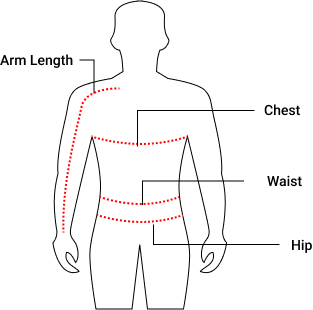Montreal’s Role In Two Integrations of Baseball
By Jerry Cohen, Ebbets Field Flannels
February is Black History Month, which is a great time to introduce new Negro Leagues apparel, and the stories that go with it. Often, looking into the history of a given team or player leads to other discoveries. This story was originally going to be about our new Montreal Black Panthers jersey, but a little reading about their manager turned up an even more interesting story, that of Montreal’s role in integrating “organized” baseball, not once, but twice!
By now almost everyone knows that Jackie Robinson broke organized baseball’s “color” barrier in 1946 when he stepped onto the field at Jersey City’s Roosevelt Stadium as a member of the Montreal Royals. (Brooklyn Dodgers helmsman Branch Rickey assigned Robinson to Montreal for a year of seasoning before bringing him to the big leagues). But few are aware that an earlier version of the Royals was involved in a previous – though less successful – breaking of that barrier when Charlie Culver appeared in six games for Montreal in the Class-B Eastern Canada League in 1922.
Culver (sometimes known as Charlie Calvert) was a former Negro leagues star with the Lincoln Giants in the independent era before the first Negro National League was formed. He landed in Quebec in 1919 with a Black team known as the Havana Red Sox. The supposed Havana club had nothing to do with Cuba, it was a common marketing tactic among Black clubs to conceal their origin by calling themselves “Cubans.” Culver quickly became known for his baseball talent on the semi-pro baseball scene in Quebec.

Charlie Culver
This leads us to 1922 and the formation of the Eastern Canada League was established by Canadian Pacific Railway employee Joe Page. Page’s vision was to tie together cities served by the railroad, with the Montreal area being the central geographical focus. The new league was sanctioned by professional baseball’s governing body, the National Association of Professional Baseball Leagues, and given a Class-B certification. The Royals seemed not to know about, or to ignore, the National Association’s ban on signing Black players, and Culver made his debut on the mound for the Royals on May 11, 1922, against Ottawa. Montreal won the game and Culver went 2-for-4 at the plate, including a home run. So, officially it appears that Charlie Culver’s appearance in an officially sanctioned organized baseball game pre-dated Jackie Robinson’s by 24 years.
It was not to last, however. Interestingly, the first backlash against Culver had nothing to do with his race, rather it was about him supposedly signing a contract with the St. Hyacinthe semi-pro club a month before he joined the Royals. St. Hyacinthe claimed that he owed them his services, and thus could not play for Montreal. No doubt the fact that the ECL played six games a week and St. Hyacinthe only played on weekends had a lot do to with Culver abandoning St. Hyacinthe to sign with the Royals.
Culver continued to play for Montreal, starting at shortstop and right field in addition to pitching, however on May 2nd the French-language La Patrie newspaper published an article questioning the Eastern Canada League’s right to sign a Black player if they were indeed a member of the National Association. However, the opposition seems not to be rooted in race, but in the rival City League’s competition for the patronage of Montreal’s baseball fans.
Nothing more was heard of Culver with the Montreal team after May 11th. He appears to have returned to semi-pro ball, where no racial ban existed. His offensive stats for the six games with Montreal were a .316 batting average and two home runs.

The Montreal Black Panthers, circa 1936
Interestingly, Culver remained in Quebec, and he went on to manage the Black Panthers in the Quebec Provincial League in 1936. The Provincial League was another Joe Page creation, and the circuit was sanctioned by the NA some years, and others it operated independently of organized baseball. As an “outlaw” league, they were free to include Black players, and indeed, the Panthers were a team entirely composed of young African-American teens from the Deep South, who must have found Quebec’s customs, language, and weather quite disorienting. The more mature Culver must have been a comforting presence to these young players.

The Montreal Gazette
After two seasons the Panthers dropped out of the Provincial League, and not much more is known about them. In 1946, another Black American player joined the Montreal Royals as the “first” African-American to shake up baseball’s all-white structure. This time the experiment was successful, as Jackie Robinson was embraced by Montreal’s fans in his only minor league season. Charlie Culver continued to play and manage in semi-pro ball in Quebec into his mid-50s. He died at the age of 77 in Montreal in 1970.
I am indebted to Christian Trudeau’s excellent research for this article.




1 comment
Jerry you have an amazing product. I have an awesome collection of jerseys, jackets, tees and sweats from EFF since my first purchase in 1991, I have visited the shop also years ago. I visit Montreal each year for the Jazz Festival and visit the home where Jack and Rachel lived as a pilgrimage on each trip. This blows my mind. Great research on this one! I will add this to my collection.
Artfully,
Dino Wright